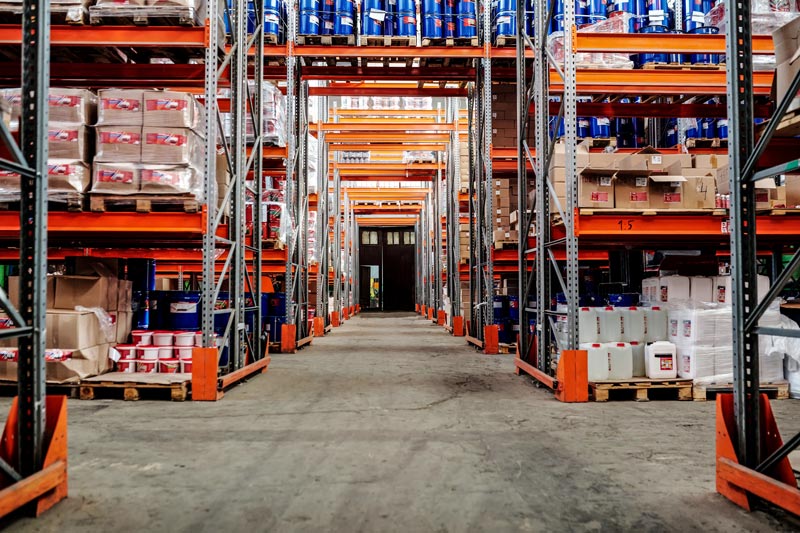
If your concrete is cracked or discolored, it is not necessary that you hurry up and try to replace it. Concrete resurfacing services have advanced quite a bit over the past years. You could avoid having to rip out the old concrete and put it the new, by simply resurfacing your old concrete. You can go even as far as completely changing the color with concrete dyes.
Concrete resurfacing can save you from having to spend money for tearing out the concrete and removing it. It will also eliminate the cost of pouring new concrete and having it grinded and polished. When old floors get resurfaced, they get grinded and polished as well. Which leaves you with saving on unnecessary expenses of removing old and pouring new concrete.
Concrete Resurfacing, Is It Right For Me?
In order to know if concrete resurfacing is the right solution for your floors, you will need to determine the extent of damage. Usually, there are only a few occasions when concrete needs to be completely replaced. When inspecting your concrete slabs you have to look for the following:
- Do any of the cracks that are going all of the way across the slab?
- Are both sides of the crack at even level?
- Has the concrete slab started to sink or came up to the surface?
Sunken or raised concrete slabs can be a sign of issues with the soil underneath or a poor concrete pour. In order to fix such issues, the slab needs to be removed. Once removed, the soil underneath would either get filled up or compacted.
If one part of the cracked concrete block is higher than the other, the slab itself should be replaced. This type of damage is usually caused by heavy machinery, improper prep work or erosion of sub grade.
Steps To Take In Resurfacing Concrete Floors
Cleaning Concrete Surface
One of the more overlooked parts of the process is cleaning. Yes, it is not the most pleasant task, but it has to get done. By cleaning the surface of any contaminants, oil, grease, old sealers is a crucial step to take in preparing your concrete for resurfacing. Every step of the resurfacing concrete should be done properly without cutting corners.
Concrete Crack Repair
Filling in cracks in concrete is another crucial step to this process. Cracks that are not filled in properly can later show after the overlay is applied.
Roughing Up The Surface
Grinding the concrete with low grit metals can aid in making the surface rougher. The rougher the surface gets, the better the overlay will bond to existing concrete. It is similar to what you would do when preparing the floor for epoxy application. This part of the job is usually best to be left for professionals with heavy duty grinders. This step is followed with hole filling.
Applying The Overlay
This is the step where concrete overlay is applied along with texture coat and troweling is done. You can add color coat if you want to change the color of your concrete as well.
Sealing Resurfaced Concrete
For extended durability your newly resurfaced concrete floors need to be sealed. This step will extend the lifetime of your concrete and make it more resistant to spills. After sealing you should let the surface cure between 2 and 3 days.
Resurfacing Concrete Takeaways
As you can already tell, replacing concrete is not the first thing that should come to your mind if your floors aren’t looking as good as you would like them to. Moreover, it becomes very costly very quickly. You should contact a professional concrete polishing or rejuvenation company to evaluate your floors. Chances are that you could save a lot of money by going with the resurfacing concrete route.
This article was a quick overview of concrete resurfacing versus concrete replacement. Not all damaged floors need to be completely redone. If you are in Indiana or Illinois you can contact us and we will dispatch one of our experts to give you an estimate. Click here to give us a call.
You can find us on Google by clicking here.